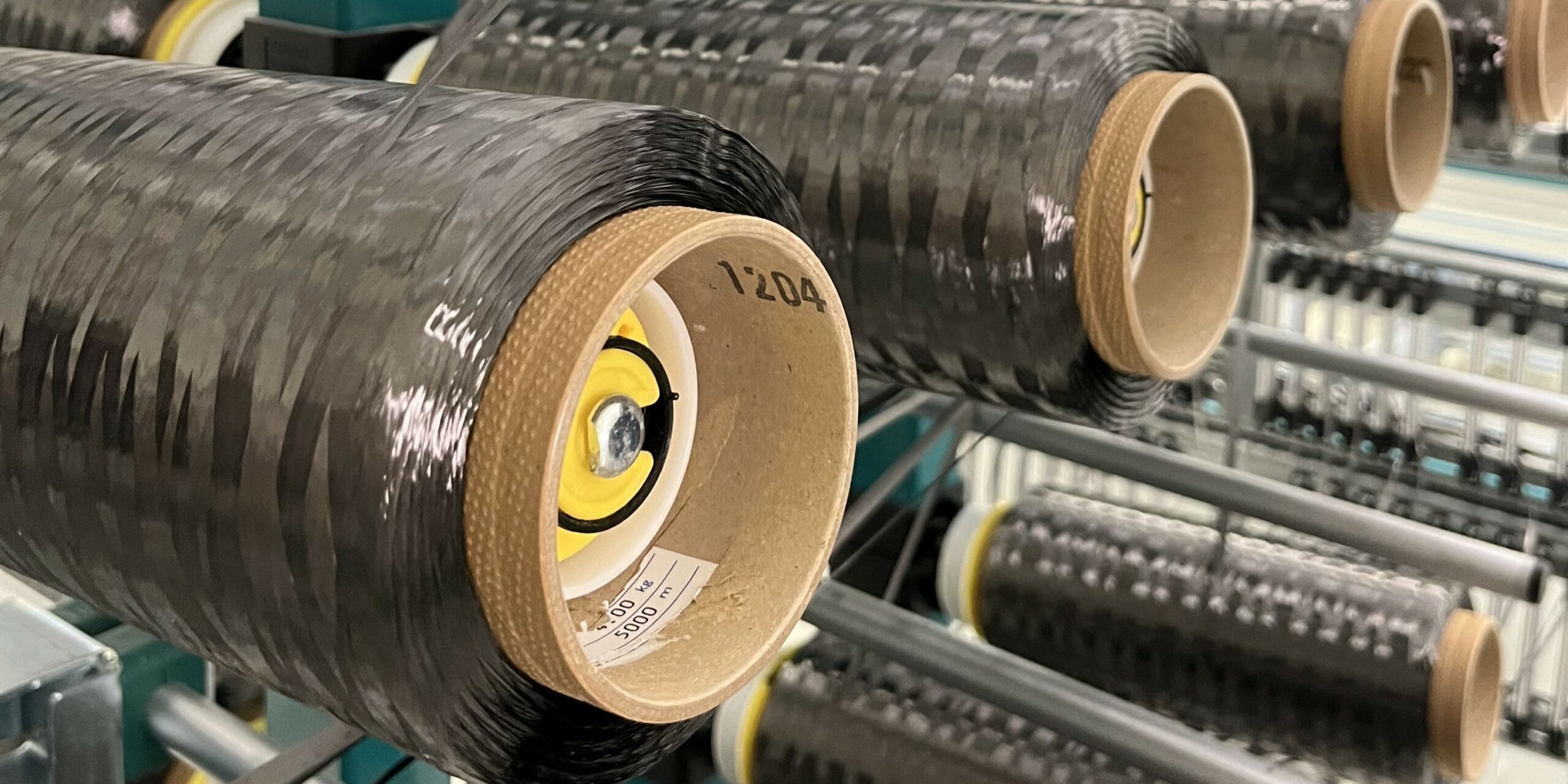
Throughout today, you’ve likely used or interacted with multiple items made of carbon fibre. This extraordinary material is found in everything from cars and bicycles to electric circuits and sporting goods like tennis rackets.
Thanks to its unique combination of high strength and lightweight, carbon fibre has become indispensable in creating many everyday items. It is five times stronger than steel and twice as stiff, yet significantly lighter, making it an ideal manufacturing material across various industries.
It therefore comes as no surprise that carbon fibre demand will only continue to grow exponentially in the years to come – in fact, demand is expected to outstrip supply by 2026, with an estimated shortfall of over 50,000 tonnes per year by the same timeframe. Signs of this supply deficit are already appearing.
This begs the question – should industries continue to look towards producing virgin carbon fibre which involves a pollutive and extractive process, or are there alternative and more sustainable materials that meet both their production and green reporting requirements?
Recovering and reusing carbon fibre from end-of-life products – or circular carbon fibre – presents three compelling advantages over its virgin counterpart, and shows why embracing circularity is the way forward.
Circular carbon fibre is a sustainable alternative to power industries in the green transition
Beyond the dilemma of meeting growing demand, carbon fibre’s relationship with the climate in fact presents a double-edged sword. Carbon fibre will increasingly play a bigger role in the green economy for being both strong and lightweight, from wind turbines to making planes more fuel efficient.
However, producing virgin carbon fibre comes with a sizable carbon footprint, raising considerable environmental concerns. Extracted from fossil fuels, producing virgin carbon fibre is notably an energy-intensive process, requiring 14 times the energy production of steel.
Nandina REM’s proprietary recovery technology produces circular carbon fibre using 71% less energy compared to the production of virgin carbon fiber. This process not only conserves energy but also tackles waste and pollution by diverting end-of-life products from landfills back into the supply chain.
Nandina REM circular carbon fibre is stronger, better – and more cost competitive
Recycled materials have faced misconceptions over the years, particularly the belief that they lack the quality and performance of their virgin counterparts. However, as innovation progresses, these myths are being gradually debunked.
While this may have been somewhat true in the past, leading to carbon fiber being crushed and used in low-value applications, reclamation processes have since advanced considerably. Today, these processes produce carbon fiber that is equal to, if not better than, virgin material.
Nandina REM’s proprietary recovery process not only reclaims high-value carbon fibre that retains 91% of its mechanical integrity, even meeting aviation and automotive specifications, it is also 17% stronger than comparable forms used for non-structural aerospace components.
Another common misconception is that recycled materials are more expensive, often referred to as a “green premium.” However, with the advent of new solutions, this is no longer the case. Nandina REM’s reclamation process, for instance, achieves a 30% lower cost of production compared to virgin materials.
There is an abundance of end-of-life carbon fibre around the world to breathe new life into
While the supply of virgin carbon fiber may struggle to meet projected demand, the vast amount of end-of-life carbon fiber available offers a significant untapped resource.
So much of carbon fibre is currently wasted, with over $630 million worth of carbon fibre incinerated or landfilled each year. One key source of this carbon fibre lies in airplanes that have been decommissioned and left parked in deserts and boneyards around the world.
There are an estimated 8,000 end-of-life aircraft globally today, with an additional 11,000 expected to retire in the next 10 years – and they increasingly contain more and more carbon fibre. The scale of this is immense in Asia as it makes up the largest share of aircraft due for retirement. Tapping into these decommissioned assets also addresses the significant waste pollution challenges that come with shrinking legal boneyards around the world.
These are some of the most highly engineered assets in the world. Failing to reclaim these valuable materials not only wastes their potential but also risks environmental contamination at the sites where they are left. That’s why at Nandina REM, we are dedicated to our mission of transforming them into new sources of low-emission circular materials.
To find out more about how Nandina REM can help you tap into the potential of circular carbon fibre, contact us at hello@nandinarem.com or through our LinkedIn page.
